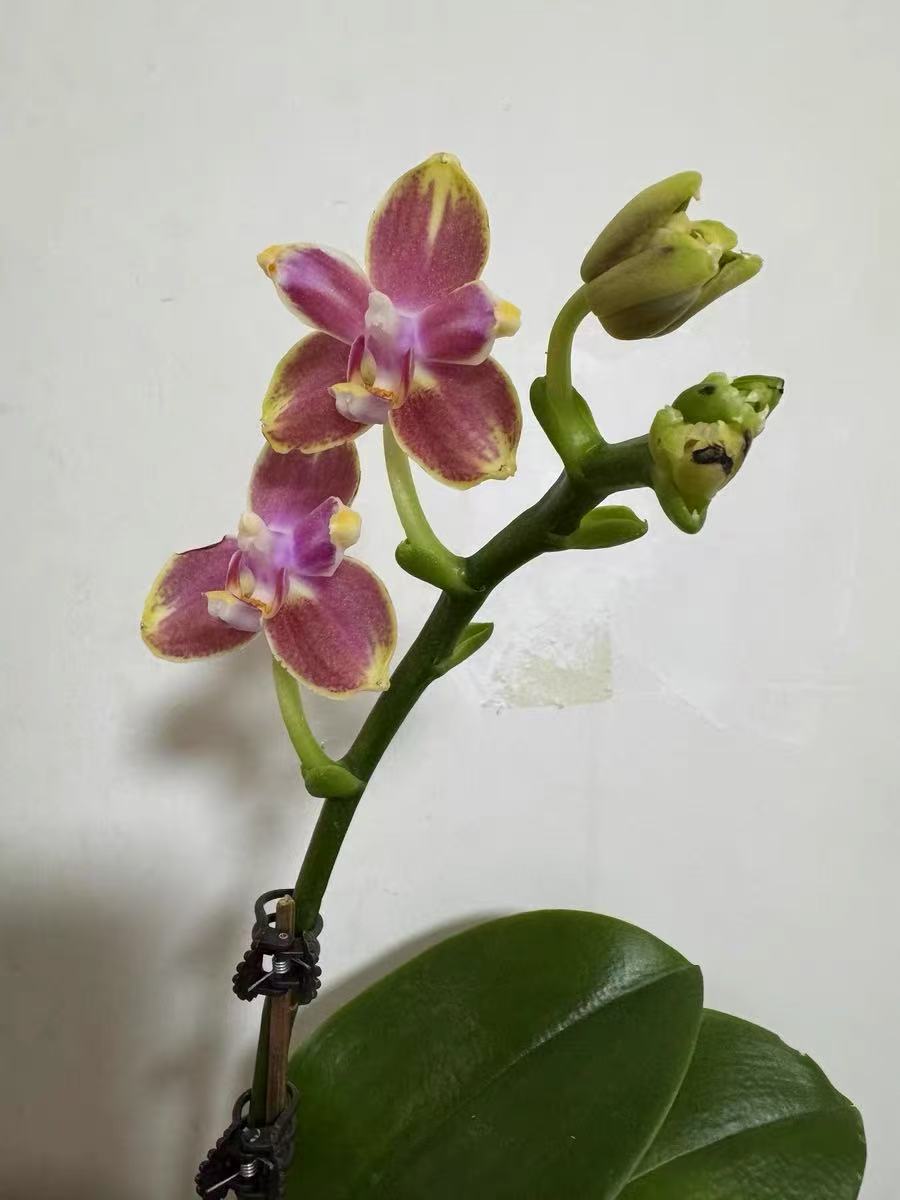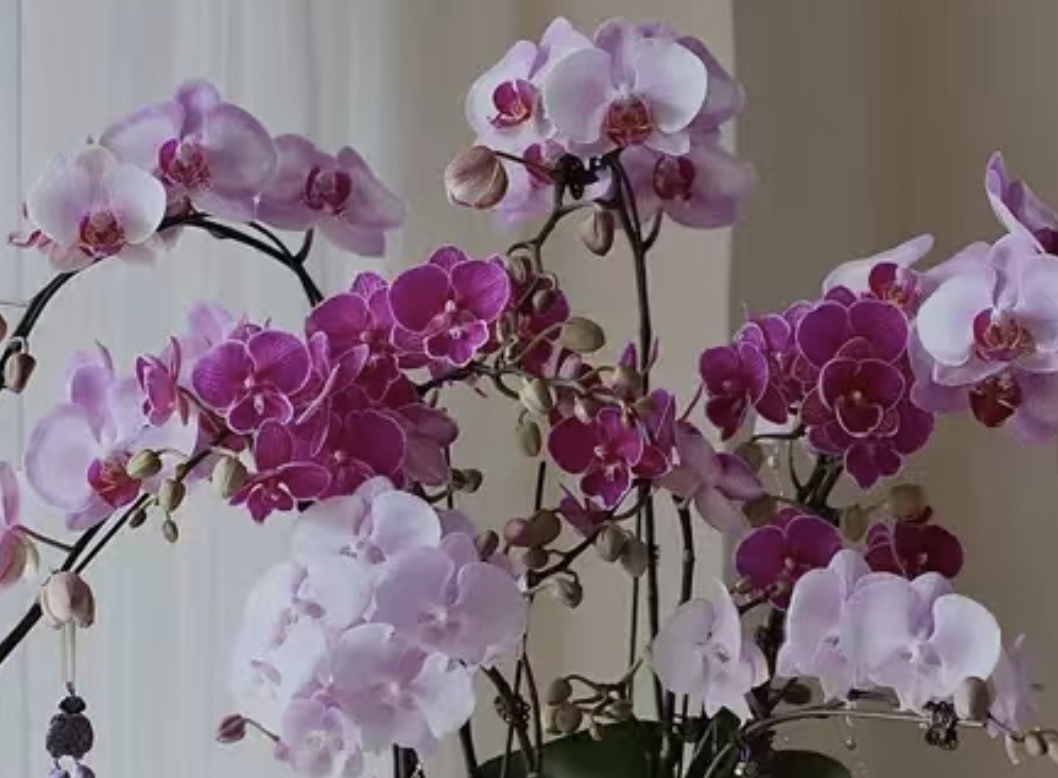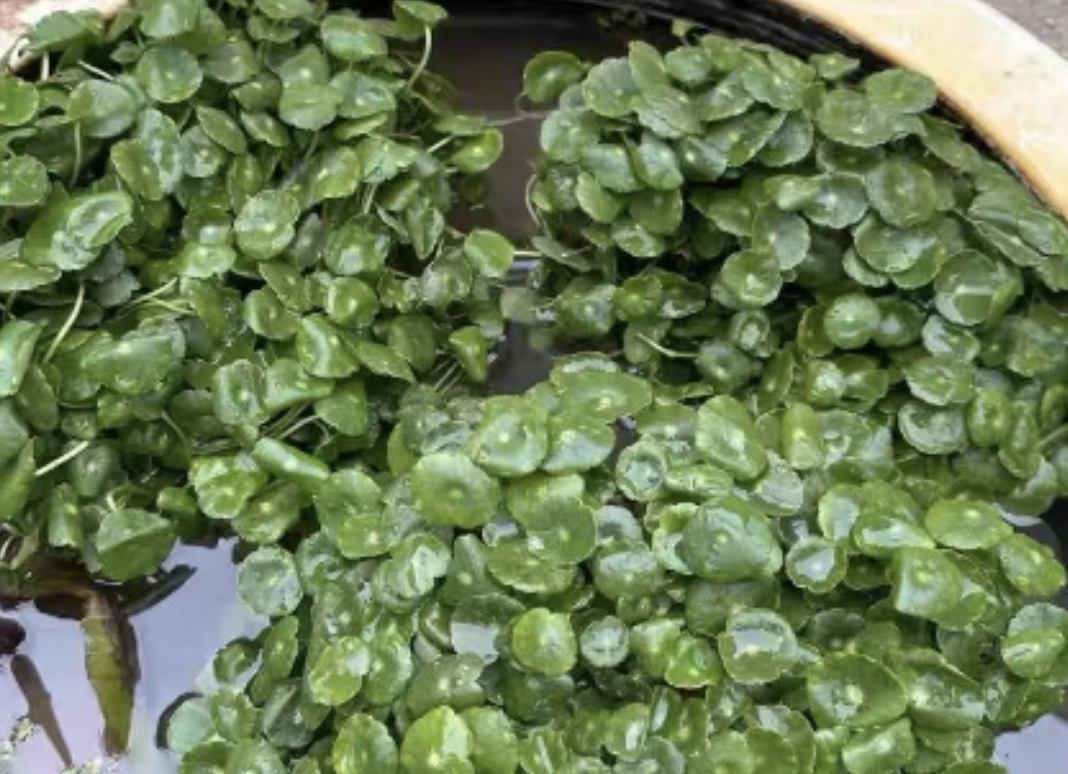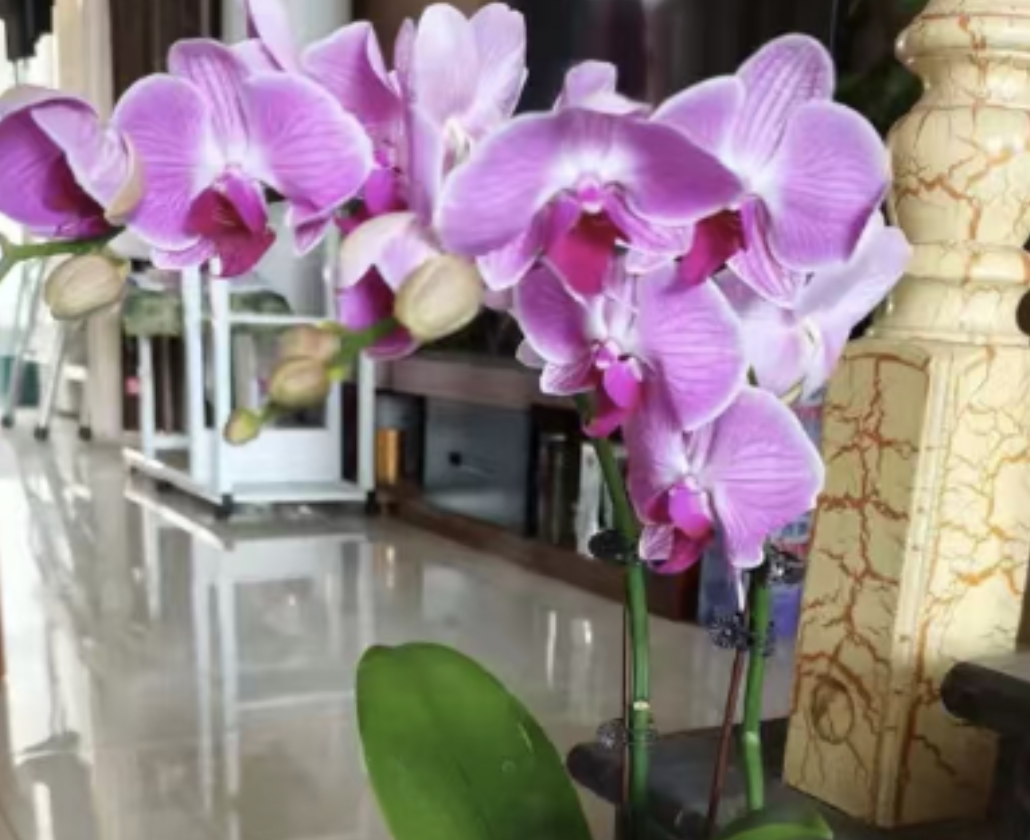When the flowers of Phalaenopsis gradually wither, many flower enthusiasts start to wonder: how should we take care of Phalaenopsis after it finishes blooming? Should the withered flowers be cut off? Today, let's talk about the maintenance methods of Phalaenopsis after it finishes blooming.
Pruning Withered Flowers: Once the flowers of Phalaenopsis start to wither, the entire flower spike will gradually lose its vitality and eventually wither. At this time, we need to use sharp scissors or garden shears to cut the flower stalk about 1 centimeter from the base. This can not only prevent damage to the main stem but also reduce the risk of diseases invading the plant through the flower stalk. After cutting, a small amount of lime water or cinnamon powder can be applied to the cut to prevent the invasion of bacteria and fungi.
In addition, if the flower spike of Phalaenopsis has bloomed many times, we can consider cutting off two - thirds of it, or cutting it 4 - 5 centimeters from the stem to promote the germination of new flower buds.
Root Trimming and Repotting: After Phalaenopsis finishes blooming, its roots may become weak due to long - term nutrient consumption. Therefore, we can consider root trimming and repotting. First, carefully remove the original sphagnum moss, check the root condition, and trim off empty and rotten roots. If the rotten roots are serious, soak them in a 1:1000 carbendazim solution for about 30 minutes, and then take them out to dry.
When repotting, the planting medium can be sphagnum moss, fine bark, or a mixture of the two. Soak the planting medium thoroughly, wring it until no water drips, and then put it into the flower pot. Do not water immediately after repotting, and place the plant in a cool and ventilated place for acclimation. Water it 3 - 5 days later to ensure that the roots can adapt to the new growth environment.
Temperature and Light Management: Phalaenopsis likes warmth and fears cold. The most suitable growth temperature is 20 - 30°C. In low - temperature seasons, pay attention to keeping warm and preventing freezing to avoid frost damage to the plant. At the same time, although Phalaenopsis is shade - tolerant, it still needs sufficient light to grow well. In winter and early spring, it can receive direct sunlight for 3 - 4 hours a day; in other seasons, use bright scattered light and maintain good ventilation. Do not place it in a dark place for a long time.
Water and Fertilizer Management: Phalaenopsis is drought - tolerant and afraid of waterlogging. Over - watering can easily cause root rot. Therefore, in water management, it is necessary to achieve a dry - wet cycle, especially in winter when water should be controlled. You can observe the root condition of Phalaenopsis. Generally, when the roots turn white, the surface of the pot is dry and crispy, and it feels significantly lighter when weighed, then water it.
Regarding fertilizers, special slow - release fertilizers for orchids can be used. Place them on the surface of the pot when repotting, with the quantity controlled at about 20 - 30 grains. When watering, the fertilizer will slowly release, dissolve in water, and be absorbed by the roots. By mid - April of the following year, a 1:2000 potassium dihydrogen phosphate solution can be used to spray on the leaves to promote flowering.
Pest and Disease Control: During the maintenance of Phalaenopsis, it may encounter pests such as scale insects and two - spotted spider mites, as well as diseases such as root rot caused by fungi. To prevent the occurrence of these pests and diseases, we need to maintain ventilation and cleanliness, regularly check the leaves and flower spikes, and deal with them immediately once insects or diseases are found. Methods such as wiping with alcohol and spraying pesticides can be used for prevention and control.
The maintenance work of Phalaenopsis after it finishes blooming is not complicated. As long as we do a good job in pruning withered flowers, root trimming and repotting, temperature and light management, water and fertilizer management, as well as pest and disease control, it can bloom beautiful flowers again in the next summer.
What to Do After Phalaenopsis Finishes Blooming?

Share with
Tagged in :




Leave a Reply